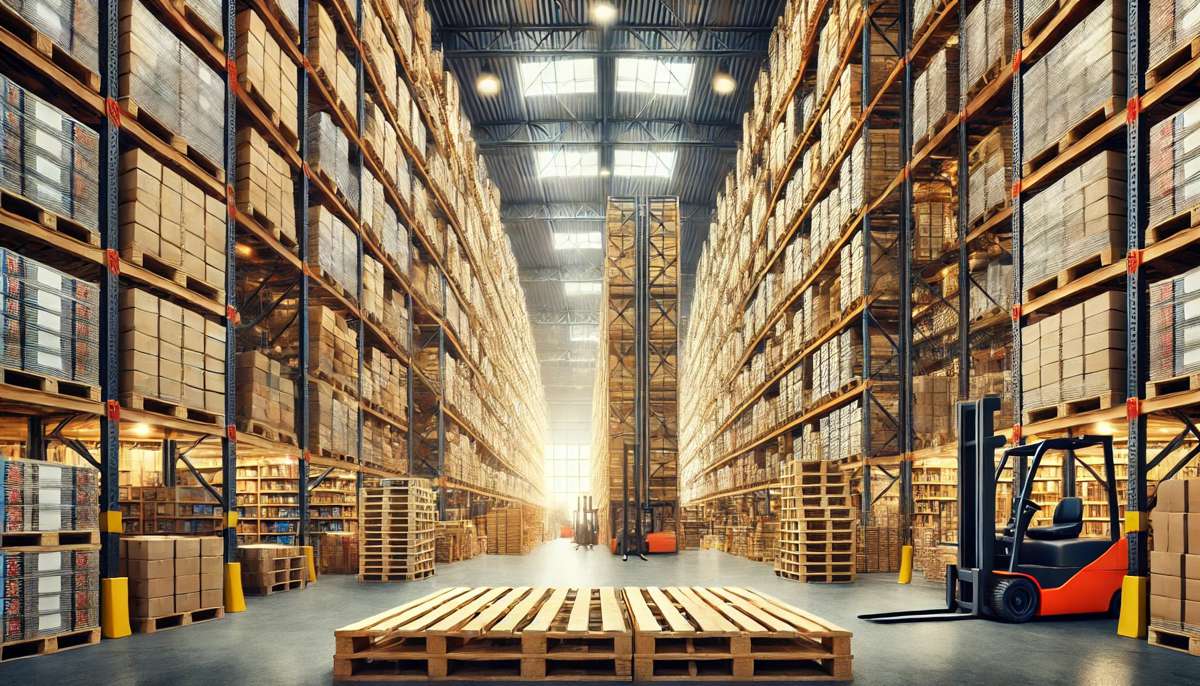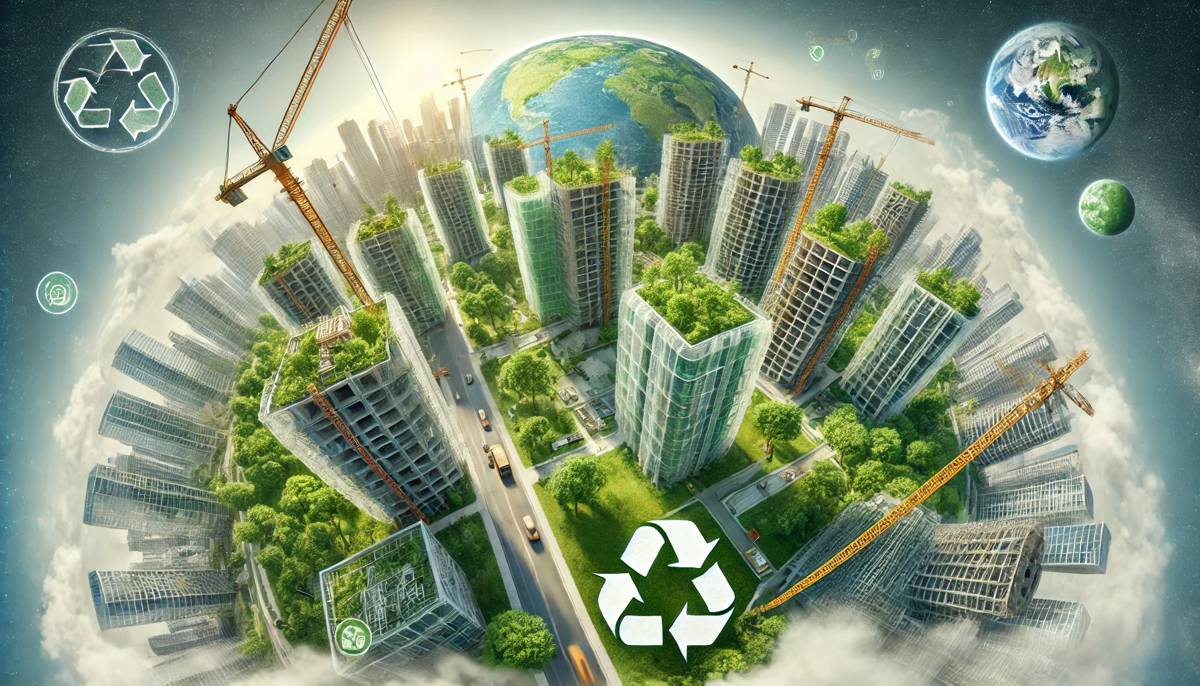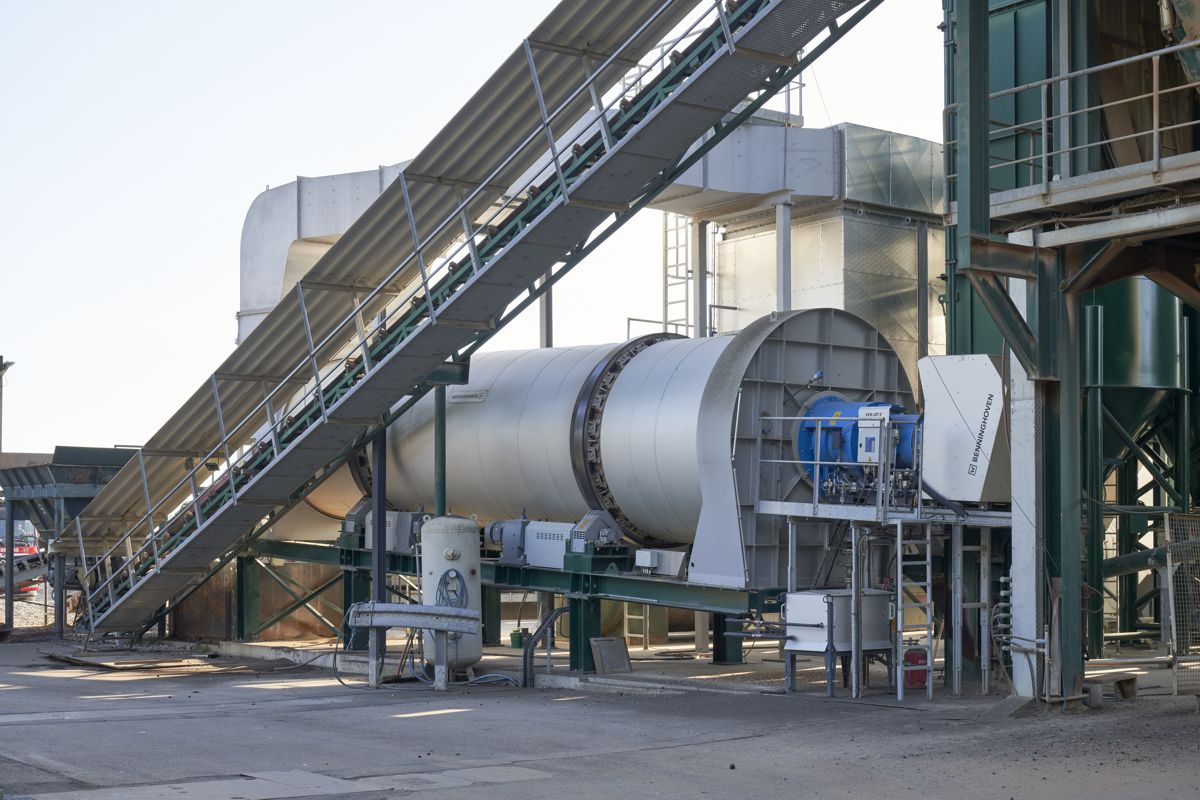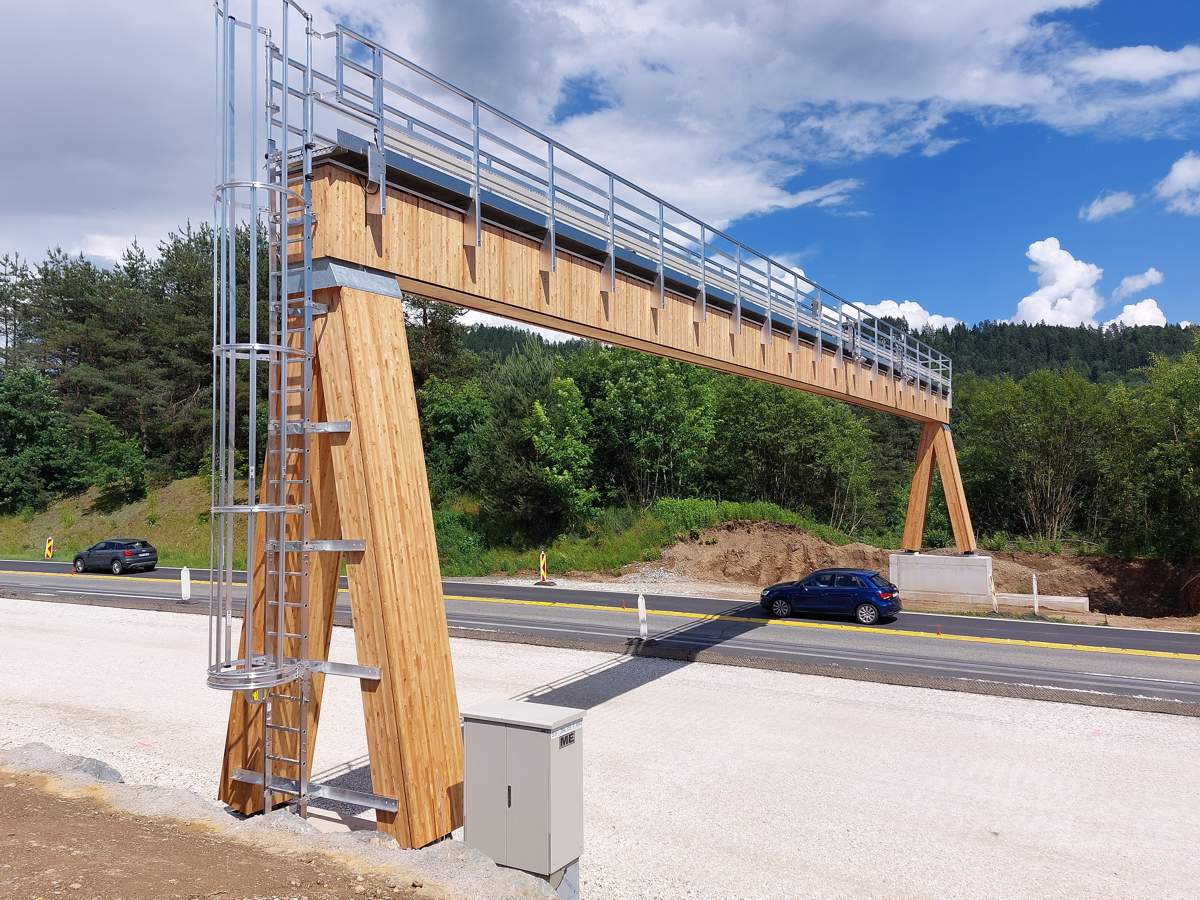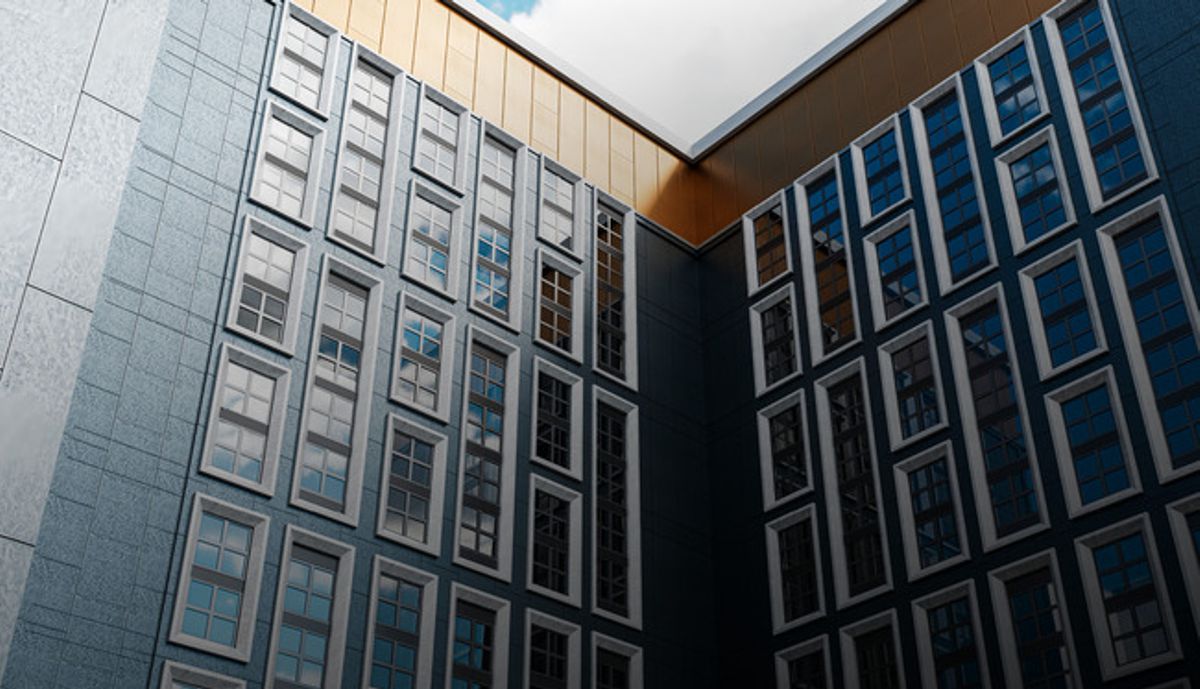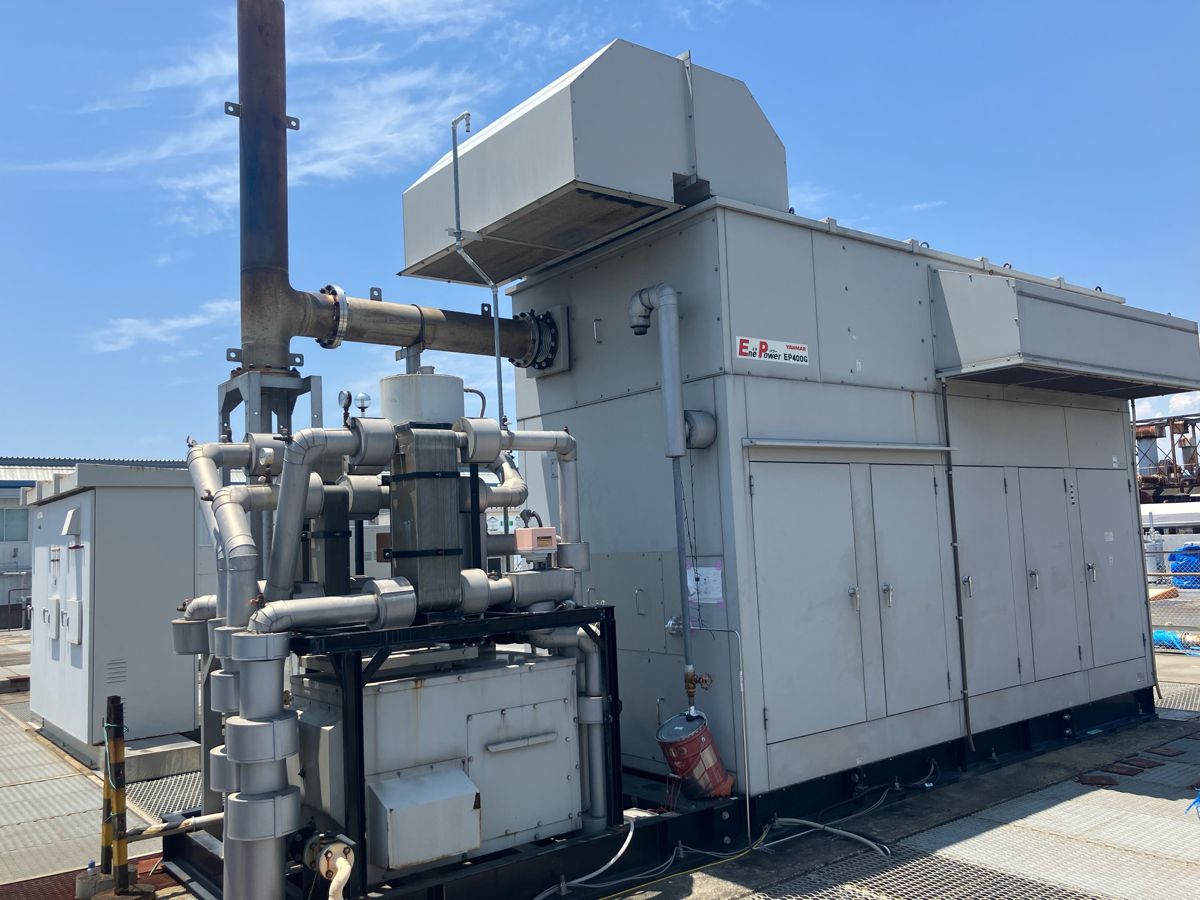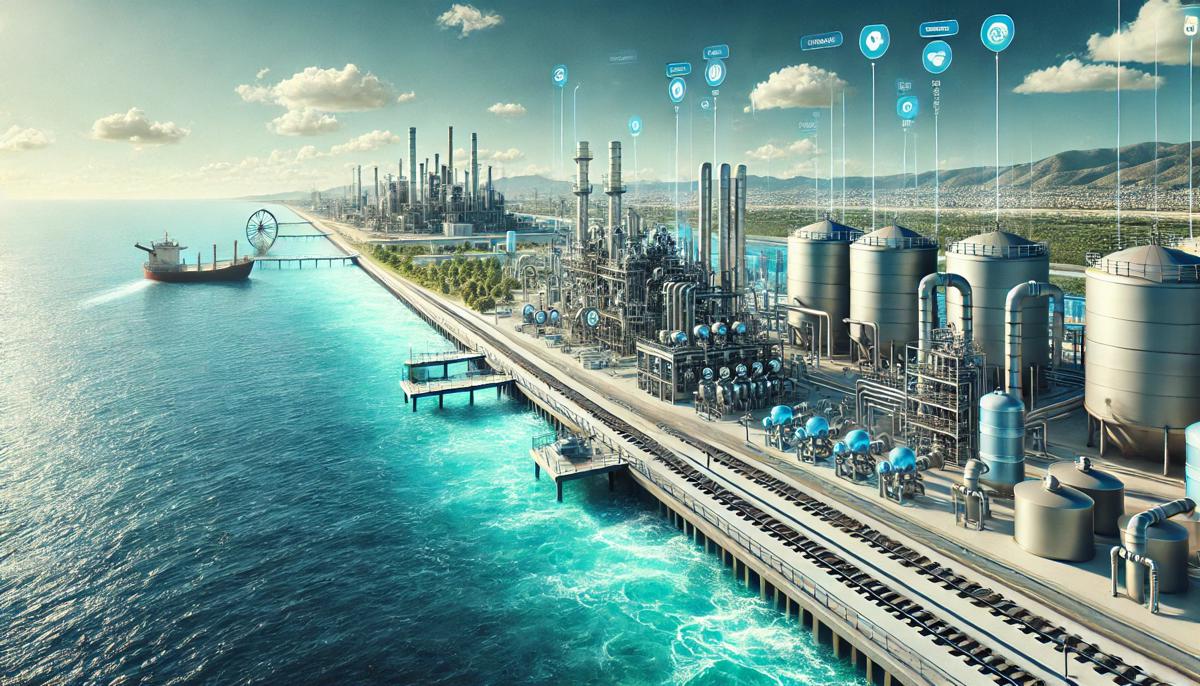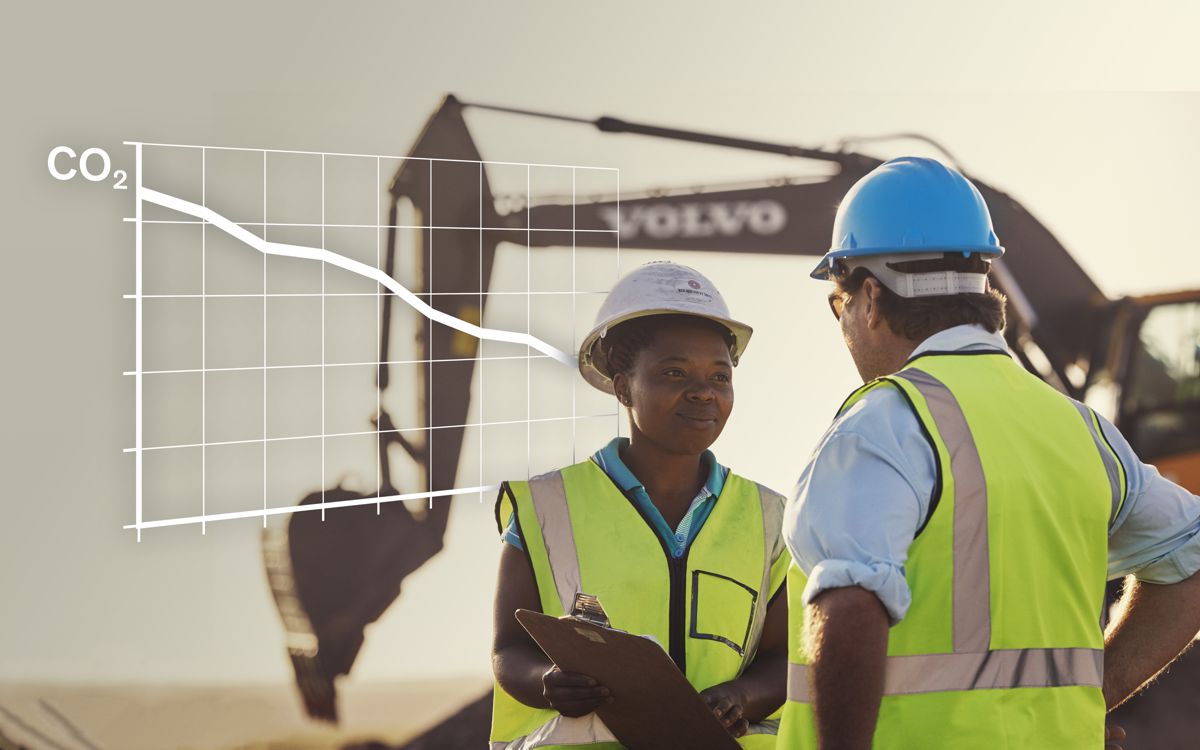Reducing Energy use on your next Construction Project
Construction projects are a big part of any society. They can be the reason that your town is growing, or they can be what keeps it thriving.
Construction projects also create tons of waste and emit pollution into the air – but we can do better than that! There are many ways to reduce the carbon footprint on your next construction project.
Start by Choosing the Right Building Materials
Choosing the right materials can make a big difference in the overall energy efficiency of your project and its sustainability over time. Examine the specs and labels of each material you are considering, paying attention to:
- Energy usage, including heating value, fuel type and combustion efficiency. For more information on energy usage, click here to read more on how you can save money and be more energy-efficient.
- Durability over time
- Cost-effectiveness vs longevity (i.e., durability vs initial cost)
- Sustainability factors like recyclability or biodegradability
Use Led Lighting Wherever Possible
LEDs are a great option for lighting because they last longer than other types of lighting and use less energy. This means that over time, your LED lights will save you money on both replacements and power bills.
LEDs are also more efficient than incandescent or CFL bulbs—they produce more light per watt of electricity used. However, they cost more upfront than other types of lights; in most cases, this extra cost is worthwhile when you consider the reduced costs over time.
Consider the Placement of Windows and Skylights
The placement of windows and skylights can have a dramatic effect on energy consumption. Consider the placement of your windows and skylights during the planning stages, so that you will be able to maximize natural light.
- Windows should be placed in the south or east for maximum sun exposure. If possible, try to avoid placing windows on the north side of your building to minimize heating costs in winter (in colder climates).
- Skylights should also be placed on sunny sides of buildings for maximum daylighting potential, with an emphasis on including them in bathrooms where they will help reduce water usage by providing natural light during bathing time.
If possible, try to avoid placing windows or skylights directly over kitchens or other spaces where there is likely to be a lot of cooking or heat generation because this can contribute significantly toward increasing overall energy consumption for your home or business property.
Consider Energy-efficient Installations and Ways To Save Energy During Construction
Check for energy-efficient appliances. Appliances, especially the ones that you use daily, can make a big difference in your utility bills.
Use energy-efficient heating systems If there’s one thing everyone needs when winter rolls around (or anytime really), it’s heat! So make sure yours comes from high-quality systems like wood stoves instead of propane stoves because they not only burn cleaner but also offer better efficiency.
Use a thermal imaging camera to find heat loss. The camera can help you identify where your building is leaking heat and air, allowing you to make corrections before the project is completed.
Use a blower door test to find air leaks. This test involves creating an airtight room in your house and measuring how much air the home loses through cracks when it’s pressurized with an external fan. You then use this data to determine what areas of your home need more insulation or caulking, resulting in energy savings by reducing your heating bills.
Use a duct blaster or smoke pencils/tubes to find air leaks in ductwork systems like heating vents and cooling vents that aren’t located inside walls (or don’t have access panels).
As with finding thermal losses using cameras, smoke testing can help locate areas where energy is escaping through cracks around these ducts’ seams—and then seal them up accordingly so you can use less energy while still staying comfortable inside your home.
Final Thoughts
Energy efficiency should be thought about from the very beginning of a building project. The right materials, equipment, design and placement of windows and skylights can save energy.
Efficient systems must be properly installed by qualified contractors who have been trained in the latest techniques and technologies used to achieve maximum performance. We hope that these tips will help you make your next building project more energy efficient and save you money.




